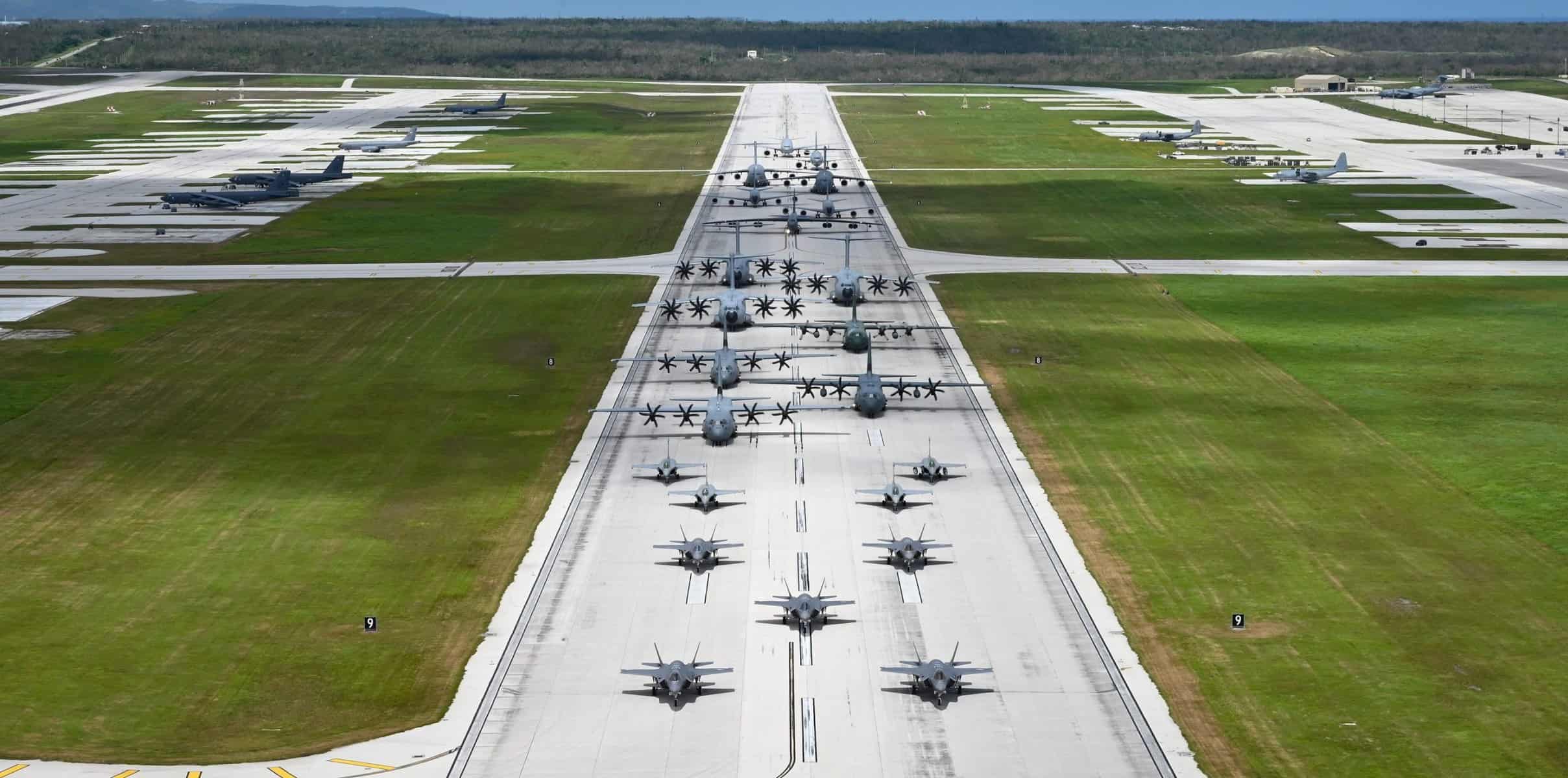Washington is proposing to provide military training to young civilians in Pacific island countries amid growing geopolitical tension in the region.
Developing “young civilian defence leaders” in the Pacific islands is among the amendment provisions in the 2024 National Defence Authorisation Act passed last week by the U.S. House of Representatives.
The current federal law authorises the Secretary of Defence to establish a pilot programme “to enhance engagement of the department with young civilian defence and security leaders in the Indo-Pacific region.”
The programme, targeting people who are 40 years old or younger, is designed to build “the capacity of young civilian leaders in foreign partner ministries of defense to promote civilian control of the military, respect for human rights, and adherence to the law of armed conflict.”
The defence department was required to design the pilot programme by 01 June of this year. There is currently no available information related to the status of the pilot programme, which is scheduled to be terminated on 31 December 2026.
Currently, the programme applies to countries with which the U.S. has defence partnerships.
According to the Office of Rep. Ed Case of Hawaii, the NDAA 2024 includes a provision to expand the pilot programme “to also include civilians working for ministries with a security mission so that Pacific island countries without militaries can participate.”
The United States is ramping up its engagement with Pacific island countries to counter China’s growing influence in the region. The Pentagon dubbed China “the most consequential and systemic challenge” in the Indo-Pacific.
While describing the House version of the NDAA as “fatally flawed on key national issues,” Case said the proposed defense spending policy would strengthen the United States’ national defense in the Indo-Pacific and improve the defense department’s relationship with the local communities.
The House version of the NDAA 2024 also directs the Assistant Secretary of Defence for Indo-Pacific Security Affairs “to assess and develop plans for Civic Action Teams in the Pacific islands.
Currently, the military has a CAT stationed in Palau working on community projects, apprenticeship training, vehicle maintenance, medical support and construction.
According to Indo-Pacific Command, the first CAT to deploy to Palau in 1970 was a Navy Seabee team. Later, the Air Force and Army replaced the Navy on rotations.
CATs from all three branches assisted communities in the freely associated states until the programs for the Federation States of Micronesia and the Marshall Islands shut down in 2003.
According to a statement from Case’s office, the NDAA also addresses various critical Indo-Pacific priorities, including:
- US$360 million to address unfunded priorities from U.S. Indo-Pacific Command that were not included in the President’s budget.
- US$7.1 billion for two Virginia-class attack submarines, which are critical for the Indo-Pacific and can be stationed and maintained at Pearl Harbour.
- US$225 million to accelerate the Glide Phase Interceptor programme to defend against hypersonic threats.
- US$63 million for hypersonics-related research and development across multiple military programmes.
- Authorising U.S. Special Operations Forces to continue training Taiwan and other partner nations in resisting the aggression and malign influence from China.
- Expressing a sense of Congress that the United States should reinforce its alliance with the Republic of Korea.
- A study on health care availability for service members, DoD civilians and their families supporting missions in Japan and Joint Region Marianas.
